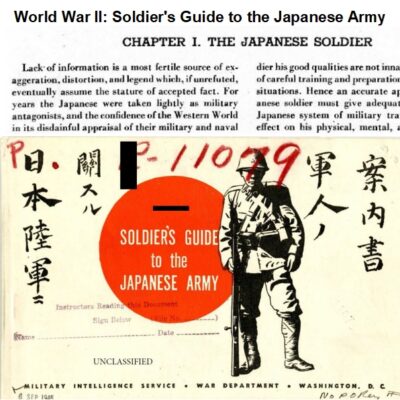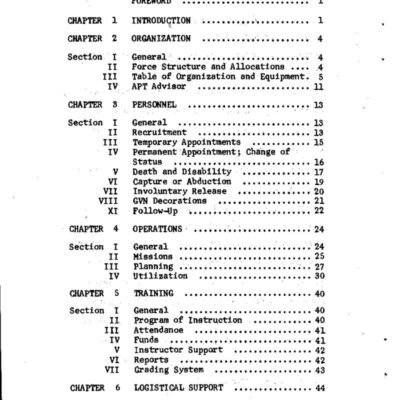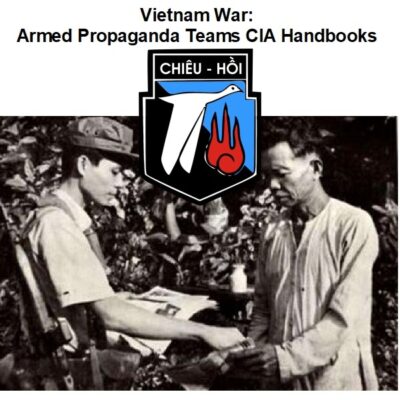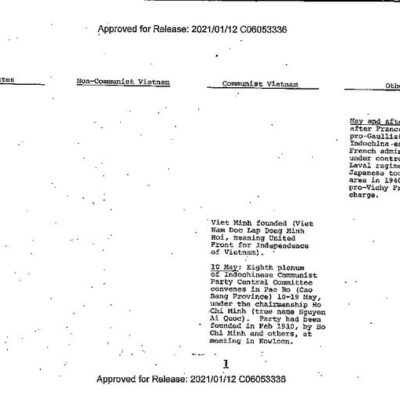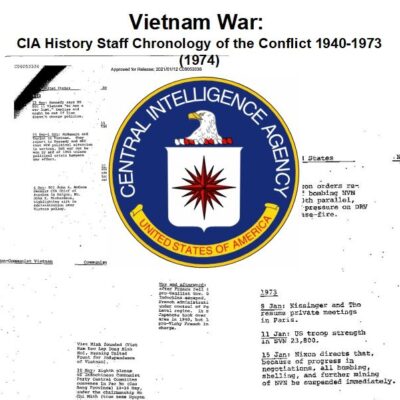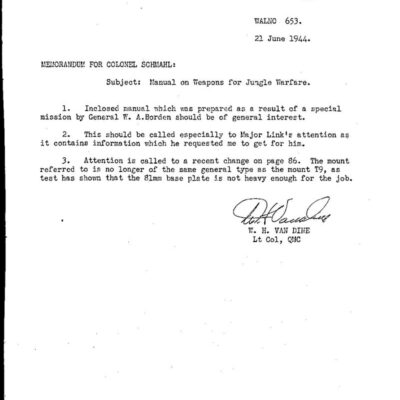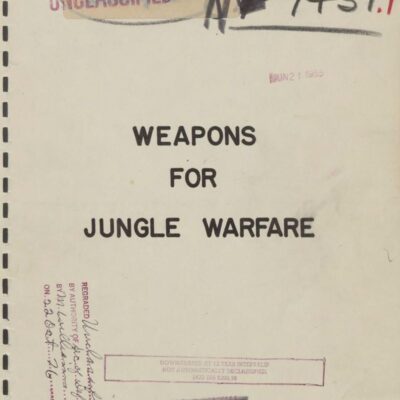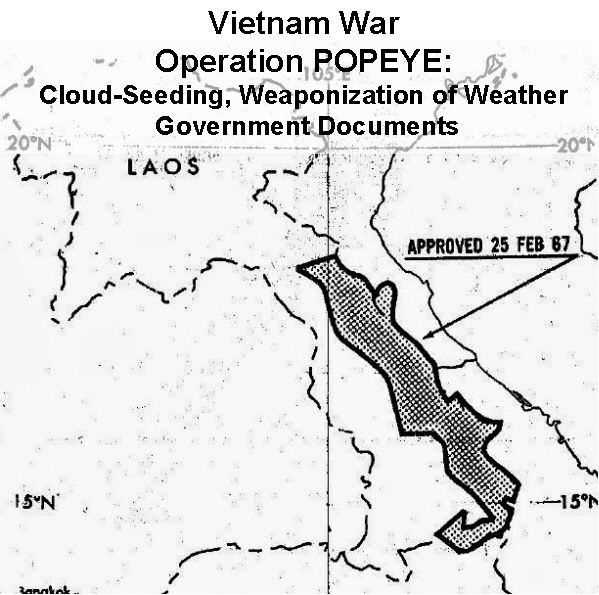
Vietnam War Operation POPEYE: Cloud-Seeding, Weaponization of Weather Government Documents
$1.90
Description
Operation POPEYE: Timeline and Key Players
- 1973: Congressional investigations confirm the cloud seeding attempts of Operation POPEYE. The US Senate passes a resolution urging President Nixon to initiate negotiations for a multilateral treaty regarding weather modification.
- 1975: After a year of bilateral negotiations, the Soviet Union and the United States submit separate but identical texts of a draft convention to the United Nations concerning weather modification.
- 1977: Military or hostile uses of weather modifications are prohibited.
Cast of Characters
- President Nixon: The US President during the period when Congressional investigations confirmed Operation POPEYE. The US Senate urged him to initiate negotiations for a multilateral treaty on weather modification.
- Soviet Union (as an entity): A key international actor that, alongside the United States, submitted a draft convention to the UN in 1975 proposing a ban on military or hostile uses of weather modification.
- United States (as an entity): The nation that conducted Operation POPEYE, involving cloud seeding in Southeast Asia. Following Congressional investigations, the US engaged in bilateral negotiations with the Soviet Union, leading to a joint submission of a draft convention to the UN.
- US Senate (as an entity): A body of the US Congress that, in 1973, passed a resolution urging President Nixon to initiate negotiations for a multilateral treaty after confirming the cloud seeding activities of Operation POPEYE.
- United Nations (UN) (as an entity): The international organization to which the Soviet Union and the United States submitted a draft convention in 1975, which eventually led to the prohibition of military or hostile uses of weather modifications in 1977.
Vietnam War Operation POPEYE: Cloud-Seeding, Weaponization of Weather Government Documents
548 pages of CIA, Department of Defense, and Congressional Documents related to Operation POPEYE, a plan for weather modification through cloud-seeding in Southeast Asia during the Vietnam War
During Operation POPEYE the United States used cloud seeding techniques to induce rainfall in an attempt to flood the Ho-Chi-Minh Trail. This operation involved approximately 2,600 flights using 47,000 units of cloud-seeding material in Vietnam, Cambodia, and Laos, in breach of international law.
After Congressional investigations confirmed the cloud seeding attempts of Operation Popeye in 1973, the US Senate passed a resolution urging President Nixon to initiate negotiations leading to a multilateral treaty. After a year of bilateral negotiations, in 1975 the Soviet Union and the United States submitted separate but identical texts of a draft convention to the UN. Military or hostile uses of such weather modifications were prohibited in 1977.
